
Date: July 2-3, 2015
Palacio Barrena, Ordizia (Gipuzkoa), Basque country, Spain
The magnetic behaviour of the amorphous glass-coated ferromagnetic microwires was systematically investigated in the last years because of their relevance for the technological applications. This is related with their properties: small size, high resistance to corrosion and enhanced electrical insulation as well as composition/size/temperature sensitive magnetic behavior [1, 2, 3]. Amorphous glass-coated microwires are widely used in medicine, engineering and other fields [2, 3]. Microwires with iron-based core are very promising for using as elements of coding system and tags because of abrupt magnetization reversal process characteristic of this type of the wires. Increasing of the working range of the sensors and other devices based on the microwires is a topic of several recent works [for example, 5, 6]. It was found, for example, that for the similar composition of the Fe-based wires there were one or two Curie temperatures: for some wires the second Curie temperature was found – the Curie temperature of the core after recrystallization [6]. We believe that the reason – is the different stress influence from glass-shell on recrystallization process.
In this work, we have investigated the influence of the high temperature on the magnetic properties of the glass-coated microwires with different core diameter/glass-coated microwire diameter ratio. It is well known that this value is the mathematical expression of the influence of the internal stresses in the metallic core of the wire. The measurements have been performed for the glass-coated amorphous microwires with composition of the metallic core – Fe77,5Si7,5B15 and different core diameter/glass-coated microwire diameter ratio – from 1,26 to 8,8. The temperature measurements were performed in the temperature range of 300K- 1200K in the saturation and 0.5 Oe magnetic fields under an argon atmosphere using Vibrating Sample Magnetometer by Lake Shore. Two peaks of Hopkinson effect and two rise-decline regions were found in the part of microwires with the highest internal stresses influence.
[1] A. Zhukov and V. Zhukova Magnetic Sensors and Applications Based on Thin Magnetically Soft Wires with Tunable Magnetic Properties, International Frequency Sensor Association (IFSA) Publishing (2014) ISBN: 84-617-1866-6
[2] M. Vazquez, Advanced Magnetic Microwires, Handbook of Magnetism and Advanced Magnetic Materials, 2007, vol. 4, pp. 2193–2221 (2007)
[3] A. Zhukova, V. Zhukova, J.M. Blanco, J. Gonzalez, Recent research on magnetic properties of glass-coated microwires, Journal of Magnetism and Magnetic Materials, vol 294(2), pp 182-192 (2005), doi: 10.1016/j.jmmm.2005.03.033
[4] V. Zhukova, M. Ipatov, A. Talaat and A. Zhukov, Hopkinson effect in Co-rich glass-coated microwires, Phys. Status Solidi C 11, No. 5–6, pp.1130–1132 (2014) doi: 10.1002/pssc.201300715
[5] R. El Kammouni, I. Iglesias, K. Chichay, P. Svec, V. Rodionova and M. Vazquez, J. Appl. Phys., 2014, vol. 116 (2014) doi:10.1063/1.4894618
The origin of the magnetization process in Fe-based glass-coated microwires is the fast movement of head-to-head domain wall along the microwire axis. This high-speed magnetic switching provides the magnetically bistability of glass-coated amorphous microwires and can be widely used for different technical applications – coding, logic, and memory systems. Many factors affect the speed of magnetic switching. The head-to-head domain wall’s velocity and mobility are among them. Mentioned parameters of the domain wall velocity are dependent on microwire composition, i.e. magnetostriction coefficient of metallic nucleus material, and internal stresses in metallic nucleus. But internal mechanical stresses affect the magnitostriction coefficient, too. The changing of magnetostatic properties are the first indicate of the internal mechanical stresses influence (both the mediate influence and direct influence). That is why it is the topic of our interest – to investigate the influence of metallic nucleus diameter/total microwire diameter ratio (i.e. mechanical internal stress influence) on magnetostatic (i.e. coercivity and switching fields) and magnetostrictive properties of Fe-based magnetically bistable microwires. One more factor affects the parameters of domain wall dynamics is the diameter of the metallic nucleus of glass-coated microwire as well as the volume of axial magnetized core in the metallic nucleus of microwire (metallic nucleus of bistable glass-coated microwres consists of two areas: the internal core with axial-directed magnetization and the shell with radial-directed one). That is why this is one more aim of our work – to investigate the influence of the metallic nucleus diameter/total microwire diameter ratio (i.e. mechanical internal stress influence) on the micromagnetic structure (i.e. on the volume of axial magnetized nucleus in the metallic nucleus of microwire).
We studied the described above properties on Fe77.5Si7.5B15 microwires with the metallic nucleus diameter of 2.5-20 mkm and the metallic nucleus diameter/total microwire diameter ratio of 0.1-0.8. Vibrating sample magnetometer by LakeShore was used for investigation of magnetostatic properties. Magnetostriction coefficient was measured by small angle magnetization rotation method. Hand-made vibrating sample anisometer allowed to collect the data for estimation of volume of axial magnetized core, so, to image the micromagnetic structure of metallic core of glass-coated microwire. The strong and non-monotonic influence of the metallic nucleus diameter/total microwire diameter ratio on magnetostatic and magnetostrictive properties as well as on micromagnetic structure was established.
The range of the potential applications of the glass-coated microwires is very broad. It covers the areas from the magnetic field/stress/temperature sensors to the logic and memory systems. The fields of applications are strongly correlated with the magnetic properties, i.e. with a type of the magnetization reversal process in the amorphous ferromagnetic nucleus of the microwire. The possibility of the precise control of the magnetization reversal process will allow to improve the related technologies. The magnetization reversal process is a very complex process which involves basically the head-to-head domain wall movements in the case of the bi-stable microwires (Fe-based) or the rotation of the magnetic moment in the case of the microwires with nearly zero coercivity (Co- or CoFe-based). Metallic nucleus of the glass-coated microwires consists of two areas: the internal core with axially directed magnetization and the shell with radially (or circumferentially) directed one. The glass-coated magnetically bi-stable microwires have Landau-Lifshitz microstructure with a large volume of the axially magnetized core. The volume of the internal core dramatically influences the magnetostatic and magnetodynamic properties of microwires: switching field, coercivity, squareness ratio, range of single domain wall movement and domain wall velocity and mobility. The speed of operation and the sensitivity of all devices based on bi-stable microwires depend on all of these magnetic parameters. There are few ways to estimate the volume of the internal core.
Within this work we estimated the volume of the internal core using two methods never used before for the microwires. Vibrating sample anisometer and vector vibrating sample magnetometer were used to obtain the data for analysis of the magnetization reversal process in the nucleus of the glass-coated magnetically bi-stable microwires and for estimation of the volume of the axially magnetized part of the metallic core of the glass-coated microwires. Vibrating sample magnetometer (VSM) is widely used for magnetic measurements. The vector VSM is widely used for the measurements of thin films and bulk materials, too. The ADE-Technology VSM was used for the first time to measure all projections of microwire`s magnetic moment on the direction of the magnetic field. To create the anisometer, a pick-up coil arrangement of the hand-made VMS was modified in a way that allowed to measure the magnetic moment orientation. The samples holder was modified to rotate the sample around the vibration axis up to 720 degree. The modified magnetometer – anisometer – was used for the anisotropy measurements. We measured conventional hysteresis loops as well as the perpendicular to the magnetic field component of the microwire magnetic moment. Few microwires prepared from FeCo-based alloys were investigated. The microwires were selected in a special way. They had different squareness ratio – from 0.9 to 1. This magnetic parameter gives the estimate of the volume of the axially magnetized core of the metallic nucleus. The volumes of the axially magnetized cores obtained by the two different methods are very different for the same samples but keep the tendency to be correlate of the squareness ratio.
Magnetic biphase microwire is a layered composite material consisting of several layers, two of which are ferromagnetic. It was developed in 2007 (Institute of Materials Science of Madrid [1]) and represents the amorphous ferromagnetic glass-coated microwire with a cylindrical symmetry, completely covered by a polycrystalline ferromagnetic material. This type of wires can be used as a sensor of magnetic field, temperature, stresses and so on[1]. The materials that are used for fabrication of the metallic core and ferromagnetic shell have different magnetostrictive properties. This fact can provide the usage of a biphase microwire as a magnetic actuator if the shell covers a half of the amorphous ferromagnetic glass-coated microwire along the wire’s axis. To increase the temperature range of the sensors and actuator application it is important to investigate the temperature dependent magnetic properties of the biphase microwires. This work was started recently for the fully-covered microwires [2].
In this work we investigated the temperature dependent magnetic properties of the partially-covered biphase microwires. They were manufactured using ferromagnetic amorphous microwires with cores made from Fe, FeCo and Co-based alloys and diameters from 8.2 to 21.2 μm (metal cores). Partially-covered biphase microwires of each amorphous microwires composition are presented with two kinds of shells: FeNi and Co. The ferromagnetic shell was deposited by magnetron sputtering. The thickness of the shell is 300 nm – defined by SEM imaging. The magnetic properties of the microwires were investigated using vibration sample magnetometer by Lake Shore with high-temperature option which operates in the range 300K-1200K. For each microwire we obtained the hysteresis loops at different temperatures, dependences of the magnetic moment at saturation magnetic field and at the magnetic field of 0.5 Oe on the temperature. We estimated the coercivity and the Curie point for each magnetic phase and analyzed their dependence on the materials type of the pair shell/core.
This analysis helps us to understand the difference between the magnetostatic coupling of two magnetic phases in two different cases: biphase microwires partially and fully covered by the shell.
[1] Torrejon,Acta Materialia.–2007.–V.55.–N.13.–P.4271-4276.
[2] R. El Kammouni, I. Iglesias, K. Chichay, P. Svec, V. Rodionova, M. Vazquez, High-temperature magnetic behavior of soft/soft and soft/hard Fe and Co-based biphase microwires, Journal of Applied Physics, 116 (2014) 093902, http://dx.doi.org/10.1063/1.4894618
A big number of functional properties of Heusler alloys with Ni-Mn-X (Ga, In, Sb, Sn) composition are originating from the coupling between magnetic and structural ordering. A possibility to tune the temperature of the structural martensitic transition is of considerable interest. It is well known that the applied mechanical stresses can affect the magnetic properties and the temperature of the structural transition [1, 2]. In this aspect, the glass-coated microwires might be of interest because of the possibility to change the stresses in the metallic nucleus by changing the diameters ratio, d/D (d – the diameter of the metallic core and D- total diameter of the wire in the glass shell) and by the thermal treatment.
We report on the results of investigation of the glass-coated microwires prepared by the Taylor-Ulitovsky technique from Ni-Mn-Ga Heusler alloy. The ratio of diameters was from 0.4 to 0.8. To establish the structural ordering and to release the stresses in the metallic core the microwires were annealed at different temperatures in the range of 773-973 K for 30 min. Magnetic properties of the annealed microwires were investigated by vibrating sample magnetometer in the magnetic field up to 14 kOe and in the temperature range of 100-450 K. To obtain the hysteresis loop the magnetic field was directed along the microwire axis. Structural and magnetic transitions were observed for the system of microwires by the differential scanning calorimeter in the temperature range of 100-450 K and by collecting magnetization vs temperature curves in different magnetic fields (10 Oe, 1 kOe, 10 kOe) in the same temperature range.
To obtain the properties of the microwires without the internal stresses, the glass coating was removed and the microwires were annealed at 973 K for 30 min. It has been shown that the internal stresses affects considerably magnetic properties of the microwires that results in decreasing of the magnetization and in the shifting down of the Curie temperature and of the temperature of the structural transition.
1. Vasil’ev A., Buchelnikov V., Takagi T., Khovaylo V., Estrin E. (2002). Ferromagnetics with shape memoryeffect. Physics-Uspekhi, 173, No 6, 577-605;
2. Kanomata T., Shirakawa K., Kaneko T. (1987). Effect of hydrostatic pressure on the Curie temperature of the Heusler alloys Ni2MnZ(Z = Al, Ga, In. Sn and Sb), JMMM. 65, 76.
The 7th International Workshop on Magnetic Wires (IWMW 2015)






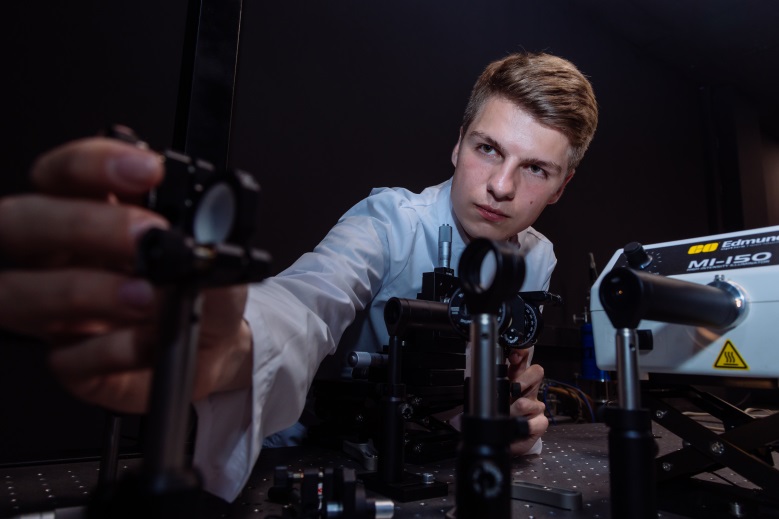
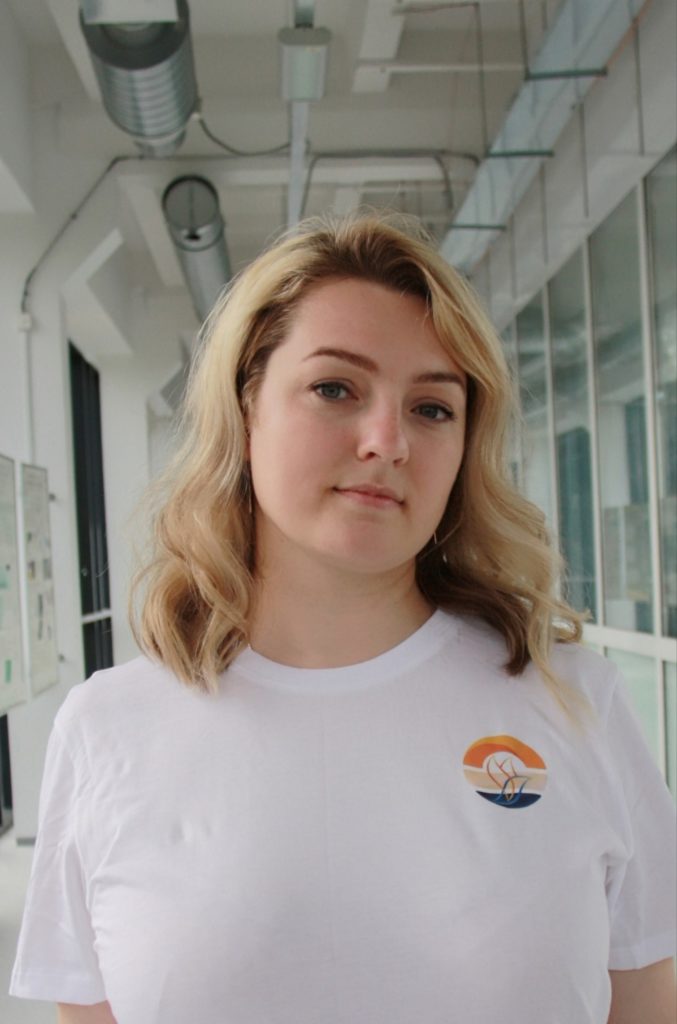












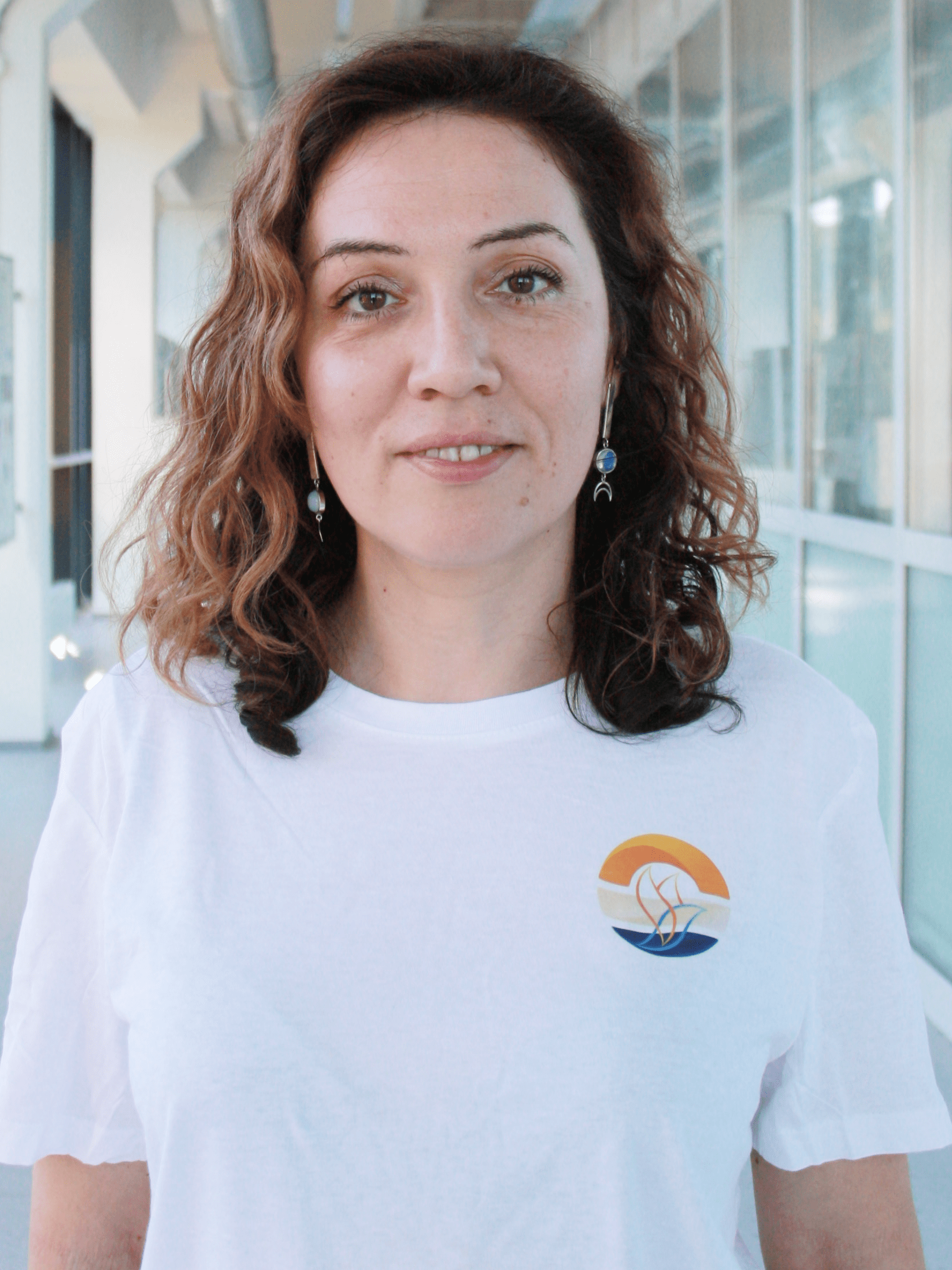
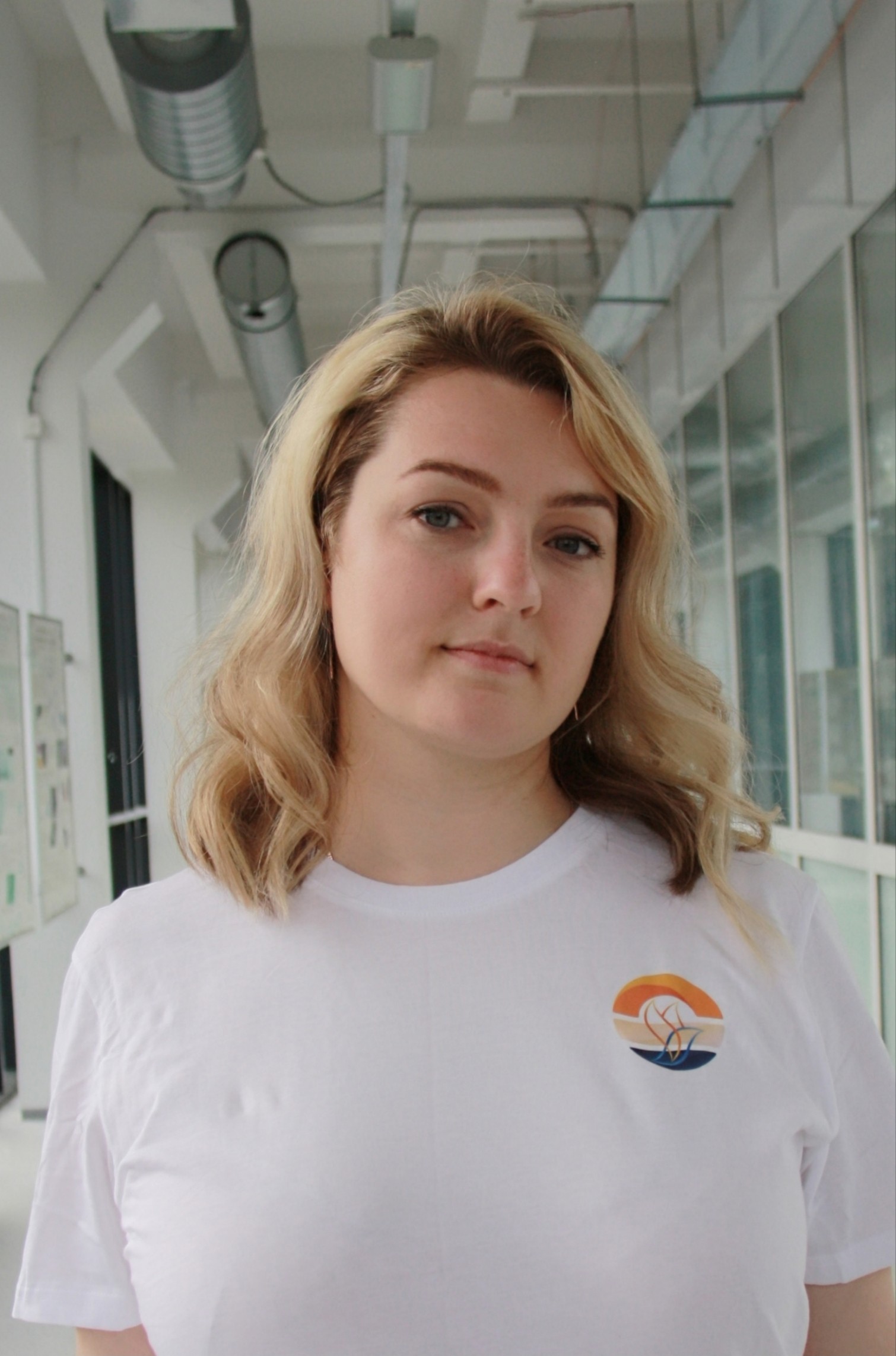





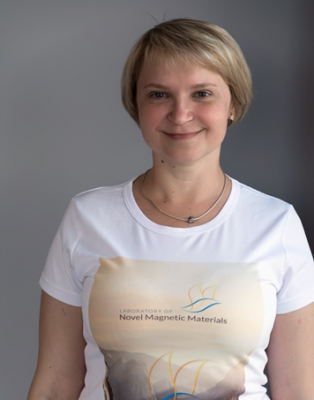





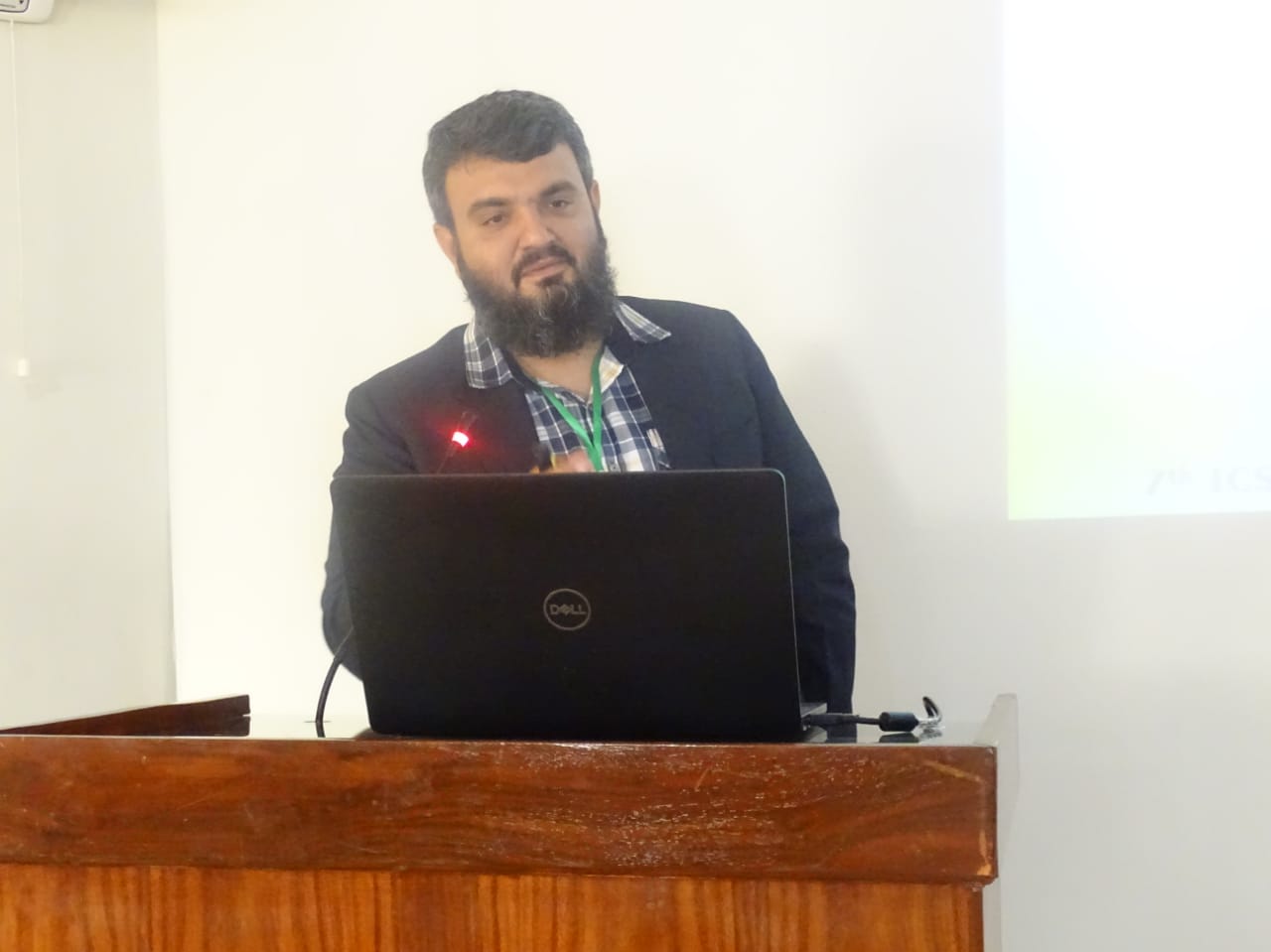
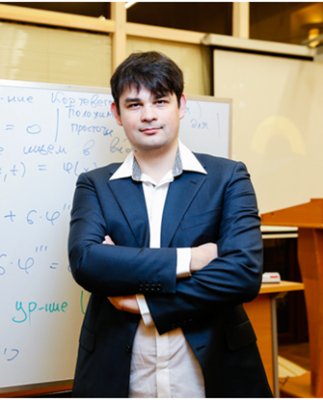






Pingback: Conferences | Laboratory of Novel Magnetic Materials